Home>Gardening & Outdoor>Outdoor Recreation & Activities>What Is A Bounce House Made Of
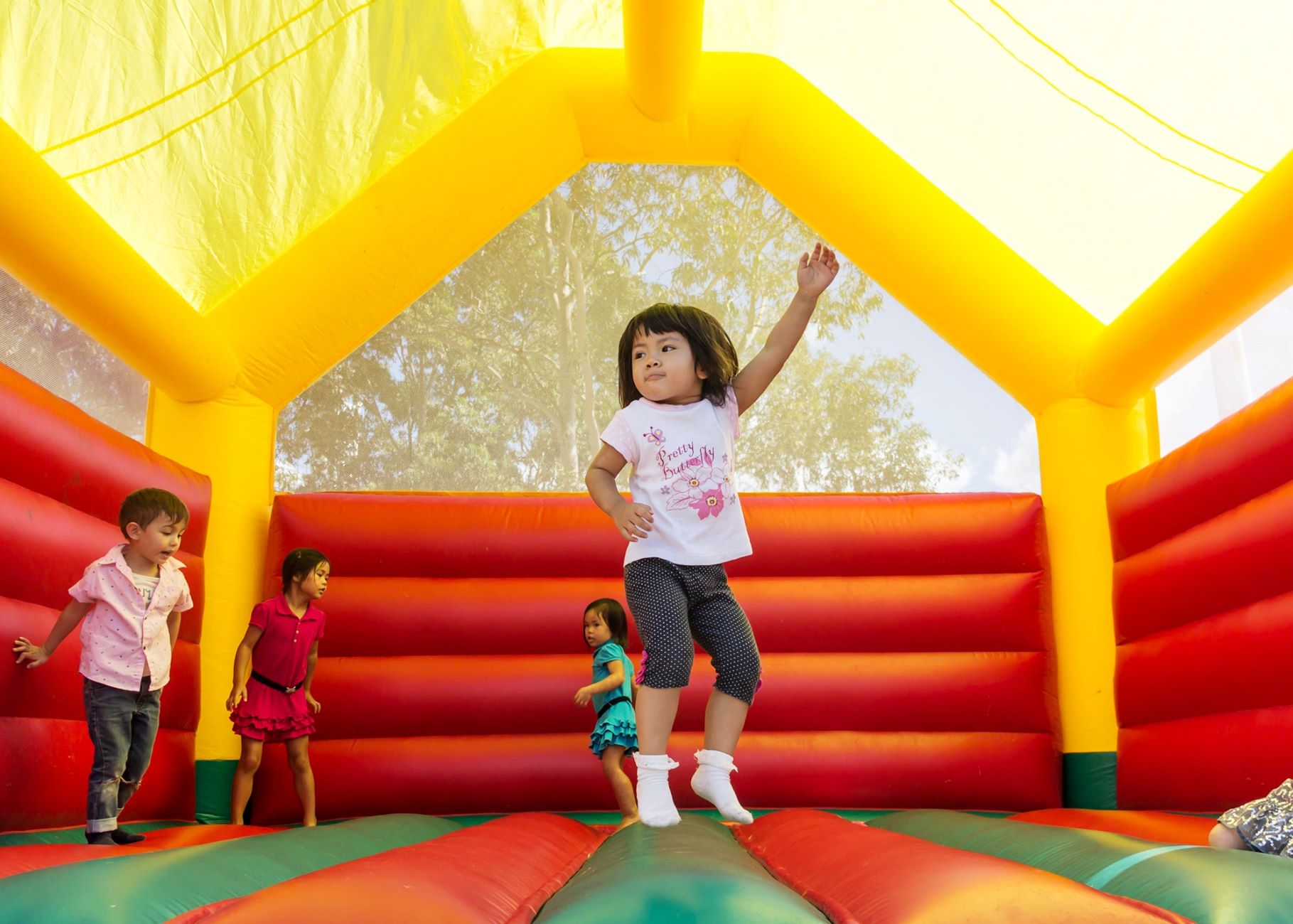

Outdoor Recreation & Activities
What Is A Bounce House Made Of
Published: January 4, 2024
Discover what bounce houses are made of and how they enhance outdoor recreation and activities. Explore the materials used and their durability for endless fun.
(Many of the links in this article redirect to a specific reviewed product. Your purchase of these products through affiliate links helps to generate commission for Storables.com, at no extra cost. Learn more)
Introduction
Welcome to the colorful and exciting world of bounce houses! These inflatable play structures have become a staple of children's parties, carnivals, and outdoor events, captivating the imaginations of kids and adults alike. Have you ever wondered what makes these bouncy castles so durable and fun? In this article, we'll explore the materials that go into making a bounce house, shedding light on the construction and safety features that ensure a delightful and secure play experience for children.
Bounce houses, also known as inflatable castles, moon bounces, or bouncy houses, are designed to provide a safe and entertaining environment for kids to jump, bounce, and play to their hearts' content. These inflatable structures are typically made from durable materials such as PVC, nylon, and vinyl, which contribute to their strength, flexibility, and vibrant designs. Understanding the composition of a bounce house can offer valuable insights into its construction, maintenance, and safety considerations, empowering parents and event organizers to make informed decisions when setting up these delightful play spaces.
Join us as we embark on a fascinating journey into the world of bounce houses, uncovering the materials that form the foundation of these beloved inflatable play structures. Let's dive into the details of PVC, nylon, vinyl, and the essential safety features that ensure hours of bouncing fun in a secure and enjoyable environment for children.
Key Takeaways:
- Bounce houses are made of durable materials like PVC, nylon, and vinyl, ensuring they can withstand energetic play and maintain their vibrant designs over time. Safety features like reinforced stitching and cushioned floors prioritize children’s well-being during play.
- The materials used in bounce houses, such as PVC, nylon, and vinyl, are chosen for their strength, flexibility, and resistance to wear and tear. These materials, along with safety features like protective netting and accessible entry points, create a secure and enjoyable play environment for children.
Read more: What Is A Bounce House
PVC Material
One of the key components in the construction of bounce houses is polyvinyl chloride (PVC), a versatile and durable material that forms the inflatable framework of these play structures. PVC is renowned for its strength, resistance to abrasion, and ability to withstand varying weather conditions, making it an ideal choice for outdoor recreational equipment.
When used in bounce houses, PVC is typically employed in the form of PVC tarpaulin, a robust and flexible fabric that can be easily inflated to create the bouncy chambers and colorful exteriors of these play structures. The high tensile strength of PVC tarpaulin enables it to endure the rigors of energetic play, ensuring that the bounce house remains sturdy and secure as children frolic within its confines.
Moreover, PVC tarpaulin boasts excellent resistance to water, UV rays, and general wear and tear, enhancing the longevity of bounce houses and enabling them to maintain their vibrant and inviting appearance over time. This weather-resistant attribute is particularly valuable for outdoor events and parties, where bounce houses are often exposed to the elements.
Furthermore, PVC material is relatively easy to clean and maintain, allowing for convenient upkeep and ensuring that bounce houses can be enjoyed for numerous gatherings and celebrations. Its smooth surface facilitates effortless cleaning, contributing to a hygienic and safe play environment for children.
By harnessing the strength and resilience of PVC material, bounce house manufacturers create inflatable play structures that embody durability, safety, and visual appeal. The use of PVC tarpaulin as the primary fabric for bounce houses underscores the commitment to providing children with a secure and enjoyable space for active play, reinforcing the enduring popularity of these inflatable marvels.
Nylon Material
Another essential material utilized in the construction of bounce houses is nylon, a synthetic polymer renowned for its exceptional strength, flexibility, and resistance to tearing. Nylon fabric plays a crucial role in enhancing the structural integrity and longevity of bounce houses, contributing to their ability to withstand the energetic play of children and the demands of outdoor environments.
When incorporated into bounce houses, nylon fabric is often employed for the inner walls and floors, providing a supportive and resilient surface for bouncing and play. The high tensile strength of nylon enables it to endure the dynamic movements and weight distribution of children as they jump and frolic within the inflatable chambers, ensuring that the bounce house maintains its form and stability throughout the play session.
Additionally, nylon material exhibits impressive tear resistance, safeguarding the integrity of the bounce house against potential damage caused by vigorous play or accidental impacts. This durability is essential for preserving the safety and functionality of the inflatable structure, allowing children to engage in lively activities without compromising the stability of the play environment.
Moreover, nylon fabric is known for its lightweight nature, which contributes to the portability and ease of setup of bounce houses. The combination of strength and lightness makes nylon an ideal material for creating inflatable play structures that can be conveniently transported and assembled at various outdoor venues, providing children with boundless opportunities for fun and adventure.
Through the integration of robust and resilient nylon material, bounce houses embody the qualities of durability, safety, and versatility, ensuring that children can revel in hours of bouncing excitement within a secure and well-constructed play space. The strategic use of nylon fabric underscores the commitment to delivering inflatable structures that prioritize both fun and safety, enriching the experiences of children at parties, events, and recreational gatherings.
When looking for a bounce house, consider the material it’s made of. Commercial-grade ones are usually made of heavy-duty vinyl, while residential ones are often made of nylon or polyester. Look for reinforced stitching and strong, durable materials for safety and longevity.
Vinyl Material
Vinyl, a synthetic resin or plastic derived from ethylene and chlorine, is a fundamental material used in the construction of bounce houses, contributing to their resilience, vibrant designs, and overall appeal. The incorporation of vinyl fabric in bounce houses serves as a testament to the commitment to providing children with engaging and safe play environments that captivate their imaginations and foster active recreation.
One of the primary advantages of vinyl material is its exceptional ability to withstand abrasion, making it well-suited for the outer walls and decorative elements of bounce houses. The robust nature of vinyl ensures that the vibrant designs and colorful motifs adorning the inflatable play structures remain vivid and intact, enhancing the visual allure and enchanting ambiance of the bounce houses.
Furthermore, vinyl fabric exhibits remarkable flexibility, allowing for the creation of dynamic and captivating shapes that define the playful contours and architectural features of bounce houses. This flexibility not only contributes to the whimsical and inviting aesthetic of the inflatable structures but also enhances their ability to accommodate the exuberant movements and energetic play of children.
In addition to its durability and flexibility, vinyl material is renowned for its water resistance, which is essential for safeguarding bounce houses against moisture and ensuring their longevity. The ability of vinyl to repel water and moisture contributes to the maintenance of a hygienic and secure play environment, enabling children to revel in bouncing fun without compromising their safety or comfort.
Moreover, the vibrant and captivating designs made possible by vinyl fabric play a pivotal role in creating an enchanting and immersive play experience for children. The colorful and imaginative motifs adorning bounce houses stimulate creativity and joy, fostering an atmosphere of wonder and excitement that enhances the overall appeal of these inflatable play structures.
By harnessing the durability, flexibility, and visual allure of vinyl material, bounce houses embody the spirit of adventure, creativity, and safe play, offering children a captivating and secure space for boundless bouncing fun. The integration of vinyl fabric underscores the commitment to providing inflatable play structures that inspire imagination and delight, enriching the experiences of children at parties, events, and recreational gatherings.
Safety Features
Ensuring the safety of children is paramount in the design and construction of bounce houses, prompting the incorporation of various safety features that mitigate risks and enhance the overall security of these inflatable play structures. By integrating robust safety measures, bounce house manufacturers strive to create an environment where children can engage in energetic play while being safeguarded from potential hazards.
One of the key safety features in bounce houses is the presence of reinforced stitching and secure seams, which fortify the structural integrity of the inflatable chambers. The use of high-quality stitching and durable seams enhances the resistance of the bounce house to pressure and movement, reducing the likelihood of air leakage and maintaining the stability of the play structure during active play.
Additionally, many bounce houses are equipped with safety netting or mesh walls that enclose the play area, preventing children from accidentally falling or jumping out of the inflatable structure. The presence of these protective barriers offers peace of mind to parents and event organizers, ensuring that children can bounce and play within a secure and enclosed space.
Furthermore, bounce houses often feature cushioned floors or impact-absorbing surfaces that provide a soft and supportive landing area for children as they jump and move within the play structure. These cushioned elements help mitigate the impact of jumps and falls, reducing the risk of injuries and enhancing the overall safety of the play environment.
Moreover, many bounce houses are designed with entrance ramps or low entry points, facilitating easy access for children and minimizing the risk of tripping or falling during entry and exit. These thoughtful design elements contribute to the accessibility and safety of the inflatable play structures, ensuring that children can enter and exit the bounce house with ease and confidence.
By integrating these safety features, bounce houses exemplify a commitment to providing children with a secure and enjoyable play space, where they can partake in lively activities and boundless fun while being safeguarded from potential risks. The emphasis on safety underscores the dedication to creating inflatable play structures that prioritize the well-being and happiness of children, enriching their experiences at parties, events, and recreational gatherings.
Read more: What To Put Under A Bounce House
Conclusion
As we conclude our exploration of the materials and safety features that constitute bounce houses, we gain a deeper appreciation for the craftsmanship and dedication that goes into creating these beloved inflatable play structures. The seamless integration of PVC, nylon, and vinyl materials forms the foundation of bounce houses, endowing them with durability, flexibility, and vibrant designs that capture the imagination of children and adults alike.
From the robust PVC tarpaulin that forms the inflatable framework to the resilient nylon fabric that reinforces the inner walls and floors, each material plays a pivotal role in ensuring the structural integrity and longevity of bounce houses. The incorporation of vinyl fabric further enhances the visual allure and whimsical charm of these inflatable play structures, creating an enchanting and immersive environment for children to engage in boundless bouncing fun.
Moreover, the inclusion of safety features such as reinforced stitching, protective netting, cushioned floors, and accessible entry points underscores the commitment to prioritizing the safety and well-being of children. These thoughtful design elements mitigate potential risks and enhance the overall security of bounce houses, providing parents and event organizers with the assurance that children can revel in energetic play within a secure and enclosed space.
As a result, bounce houses stand as a testament to the fusion of creativity, craftsmanship, and safety, offering children a delightful and secure play space where their imaginations can soar and their spirits can thrive. Whether it’s a lively birthday party, a festive carnival, or a recreational gathering, bounce houses continue to captivate and inspire, fostering an atmosphere of joy, wonder, and active recreation.
In essence, the enduring appeal of bounce houses lies not only in their vibrant designs and bouncy allure but also in the steadfast commitment to providing children with a safe, immersive, and enchanting play experience. As these inflatable marvels continue to bring smiles and laughter to countless children, their significance as cherished symbols of fun, creativity, and safe play remains unwavering.
Frequently Asked Questions about What Is A Bounce House Made Of
Was this page helpful?
At Storables.com, we guarantee accurate and reliable information. Our content, validated by Expert Board Contributors, is crafted following stringent Editorial Policies. We're committed to providing you with well-researched, expert-backed insights for all your informational needs.
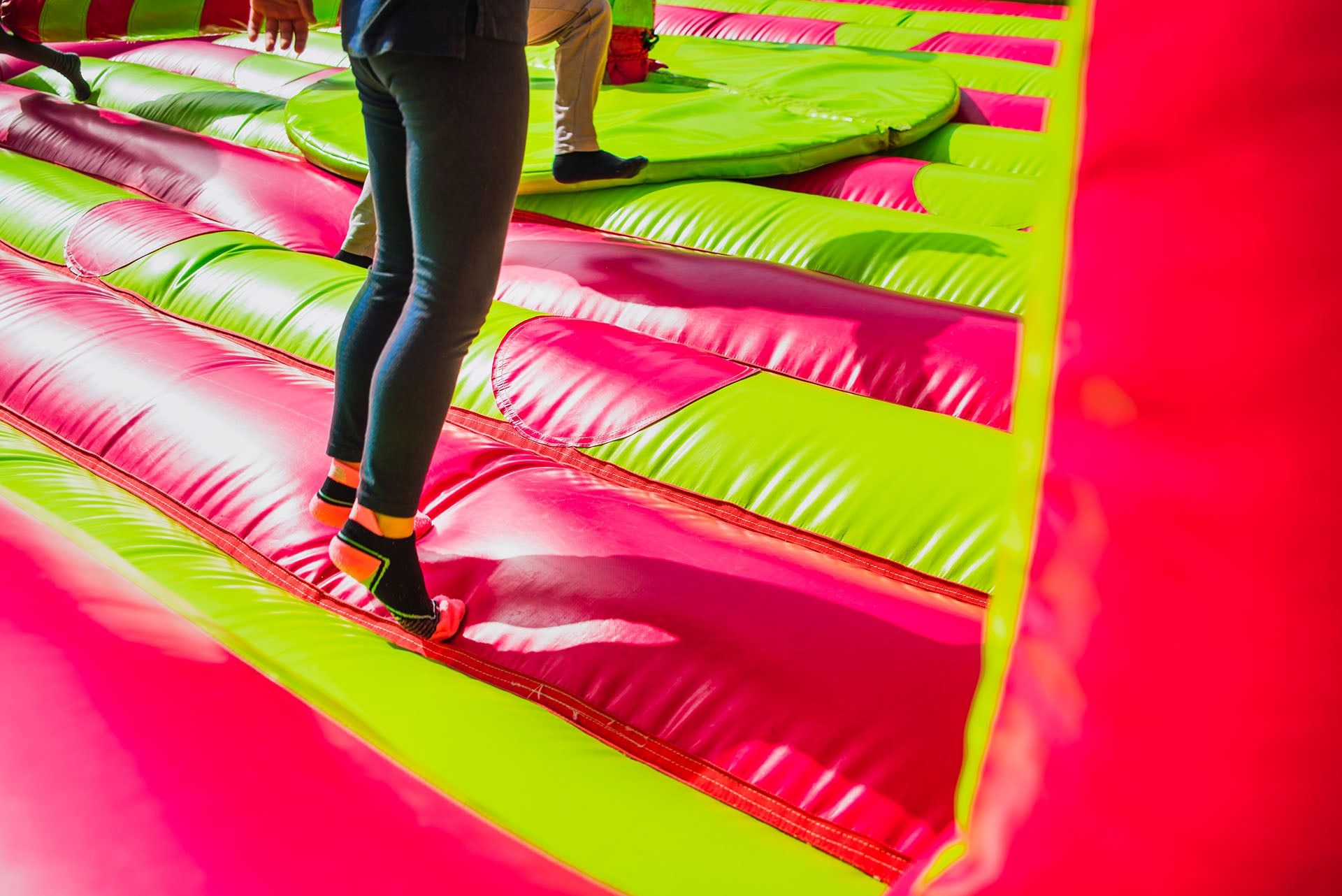
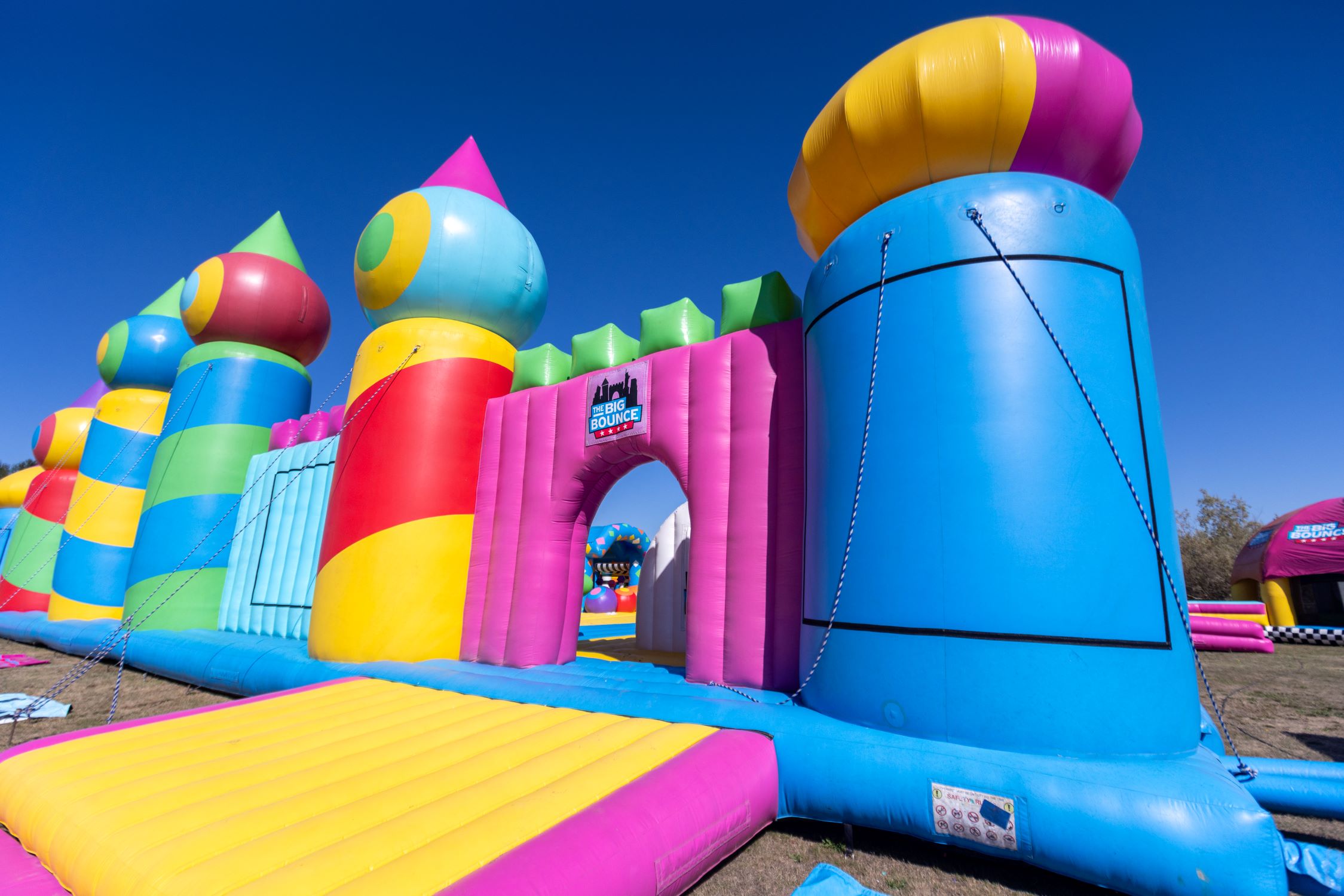

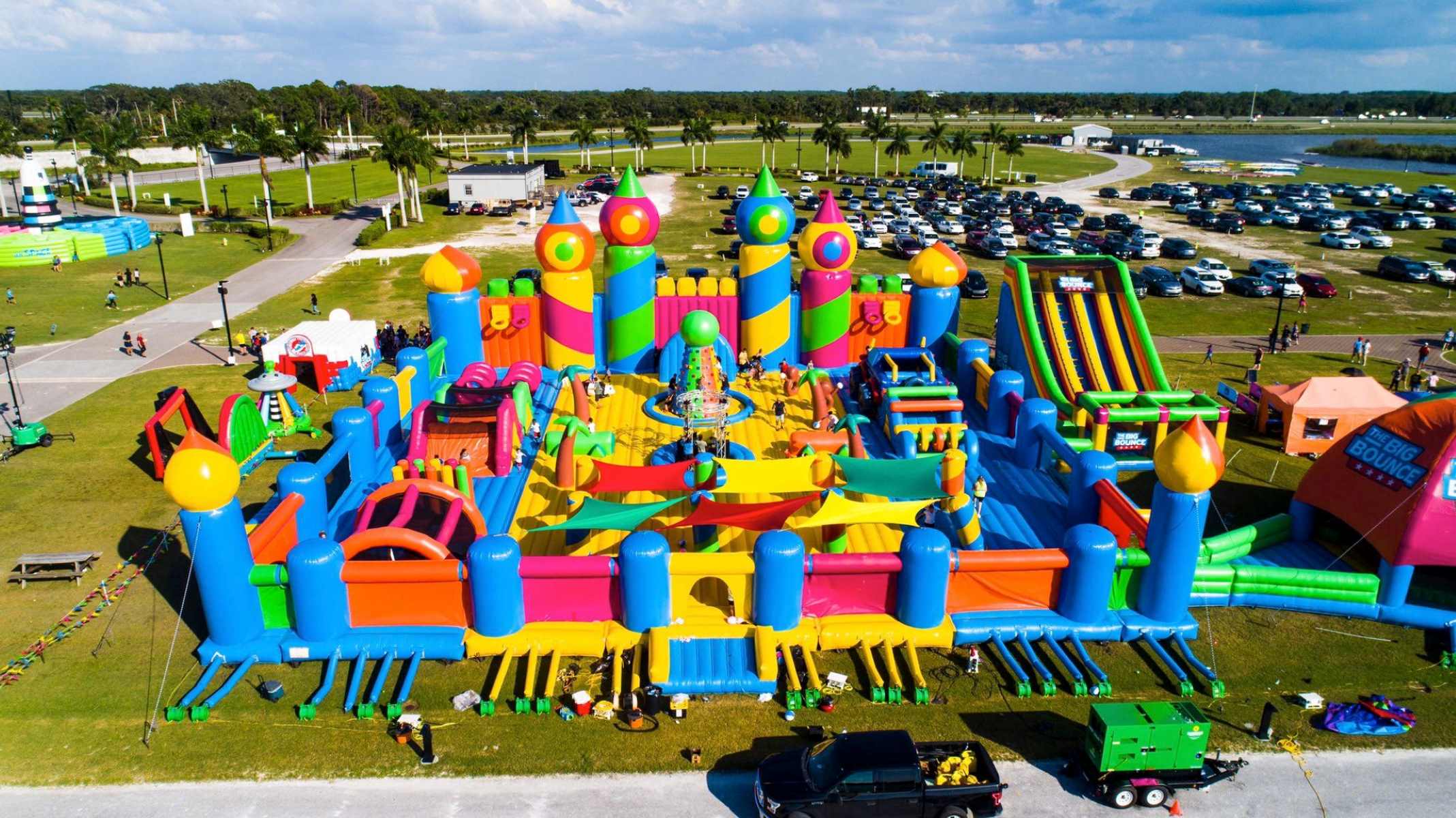
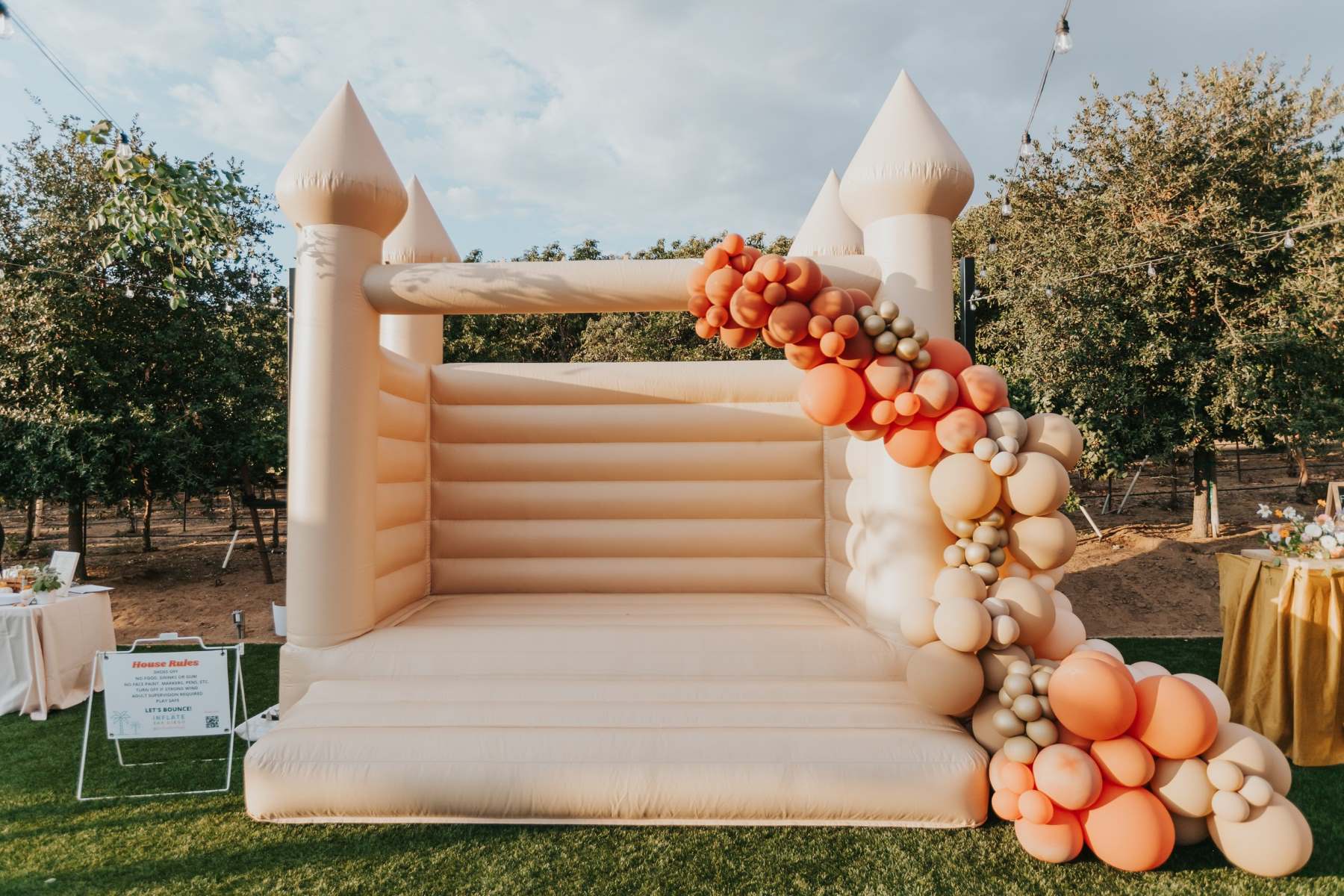
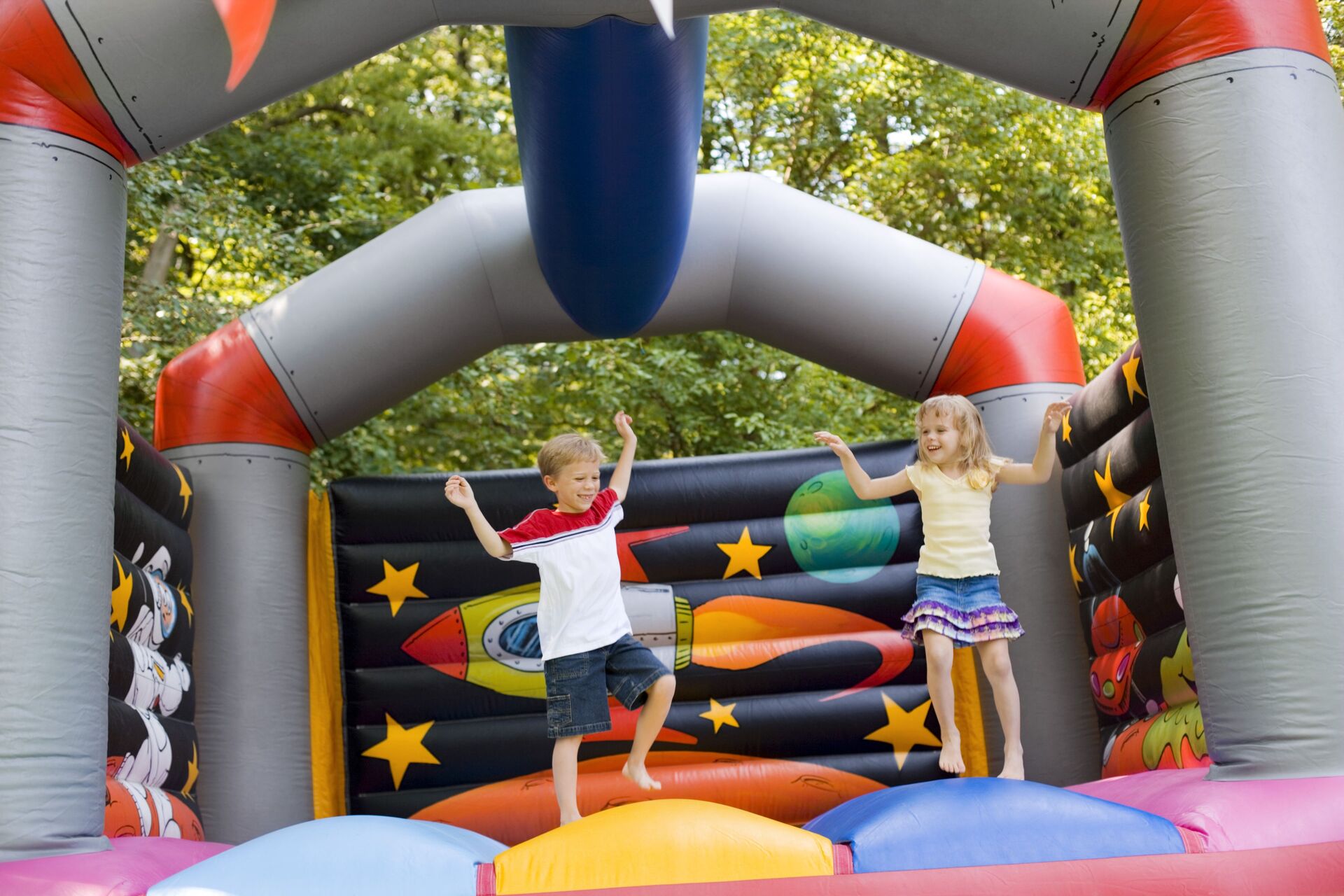
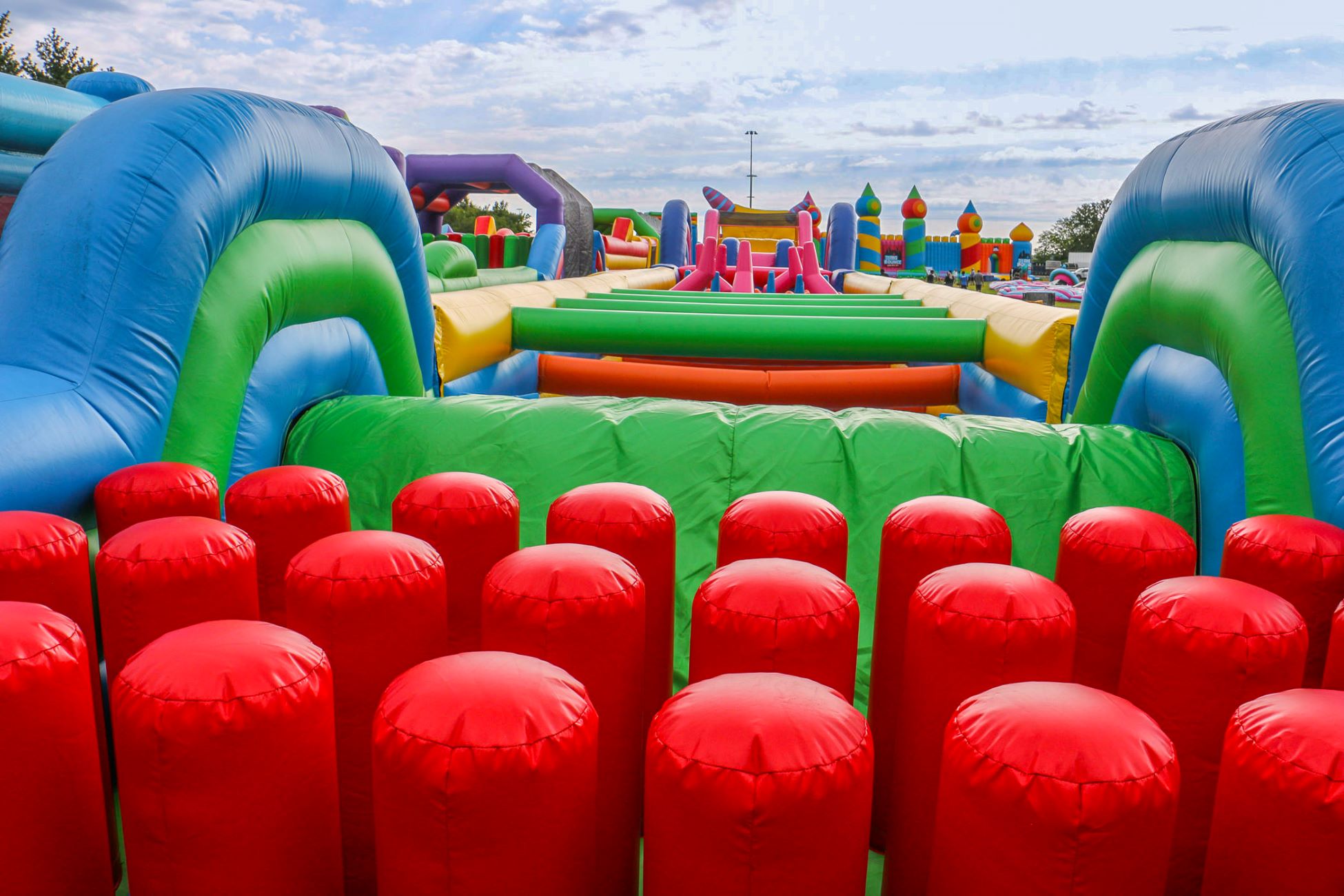
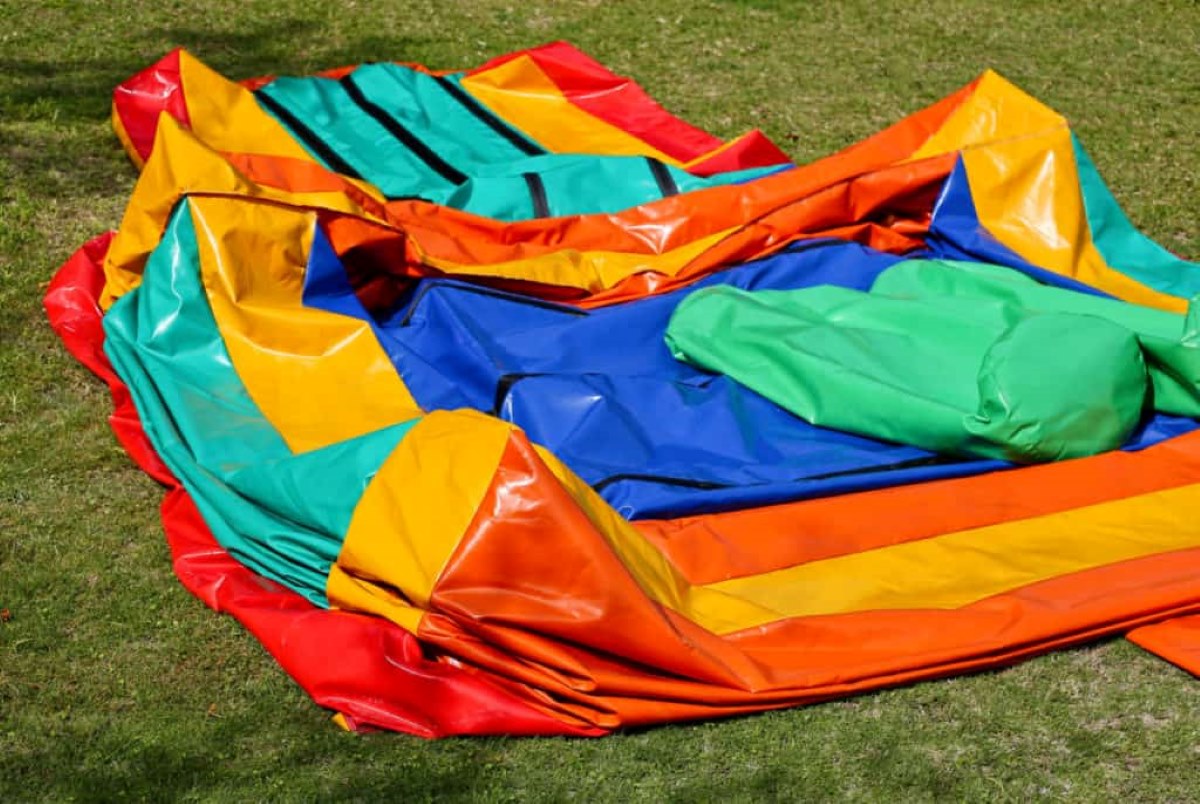
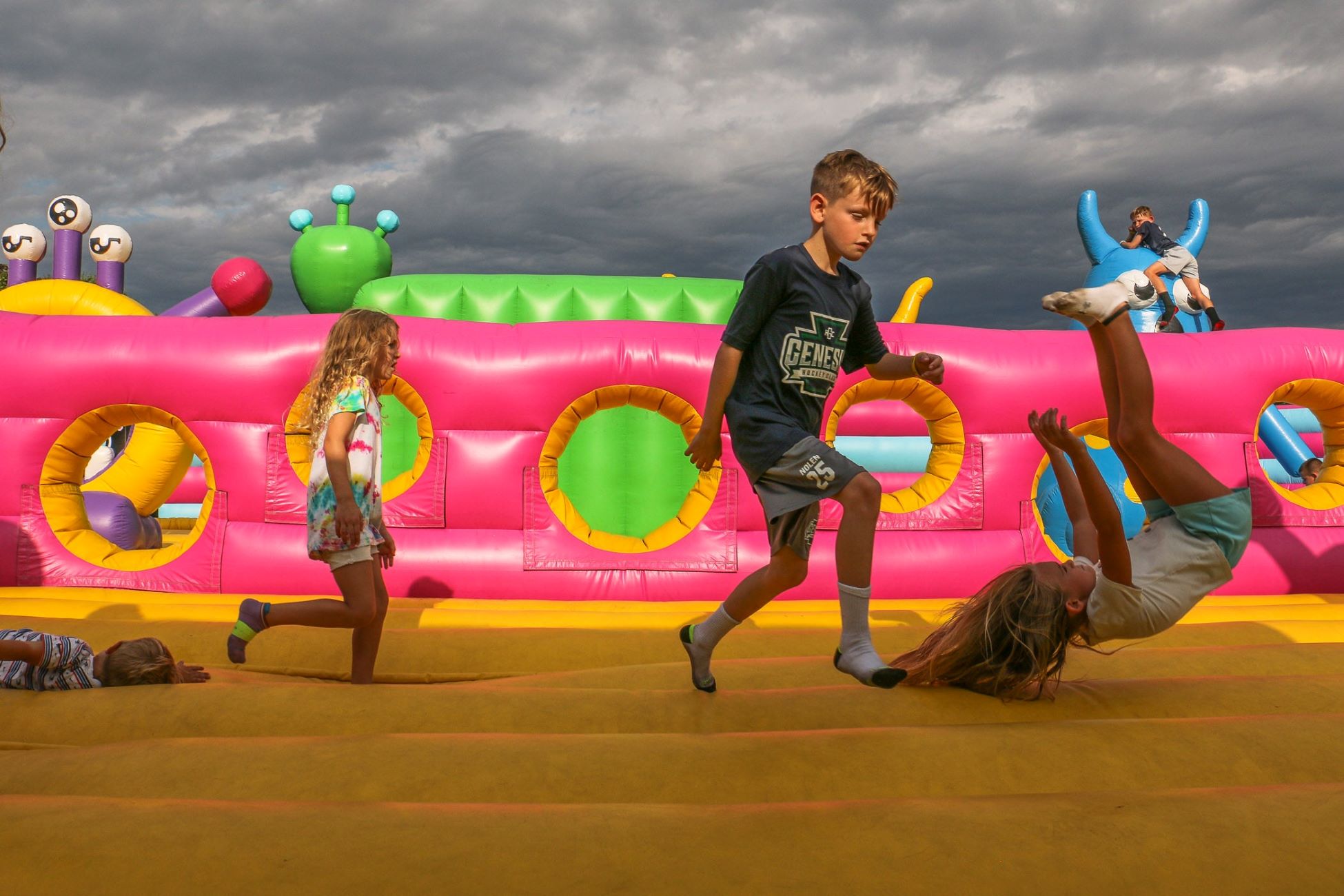
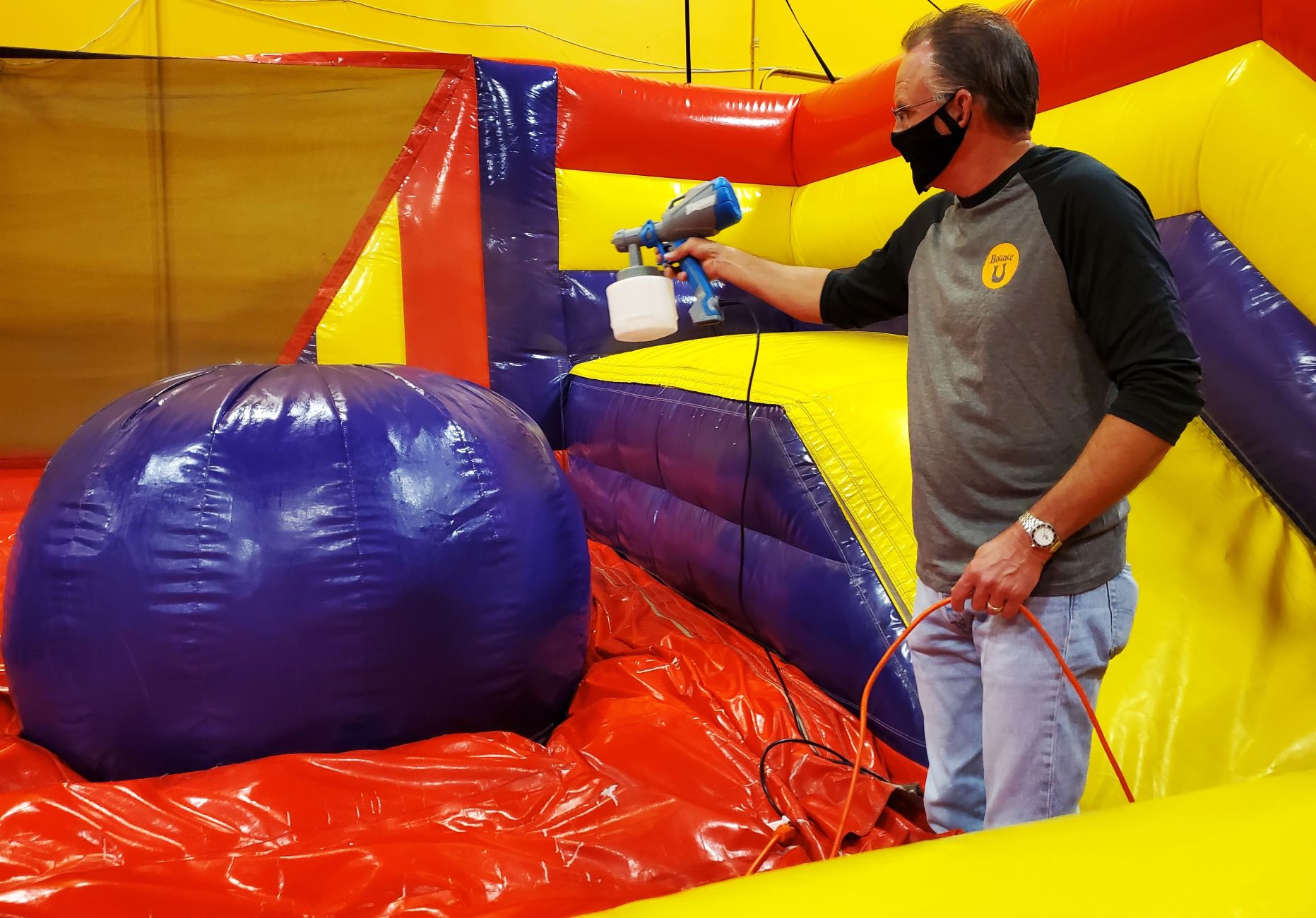
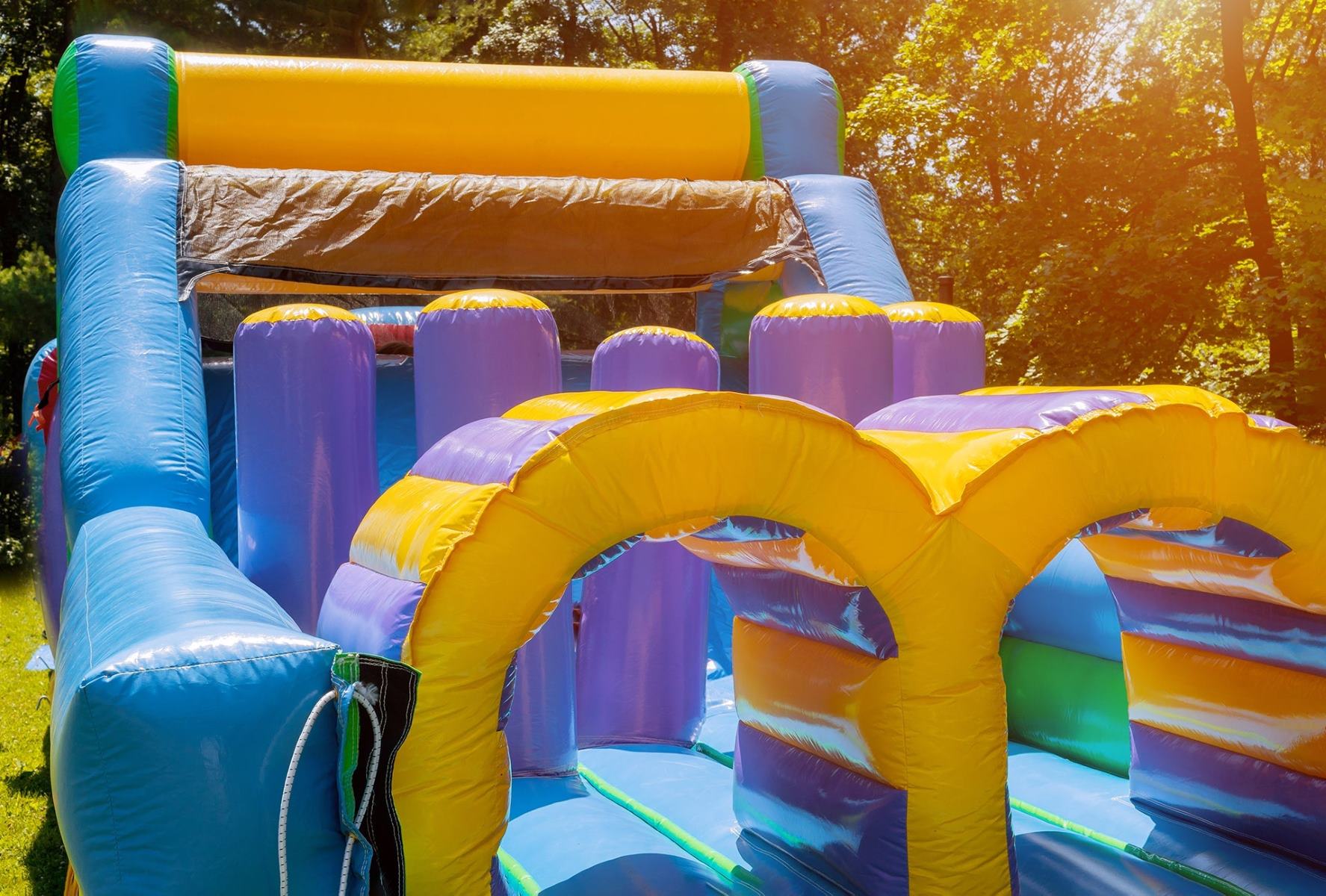
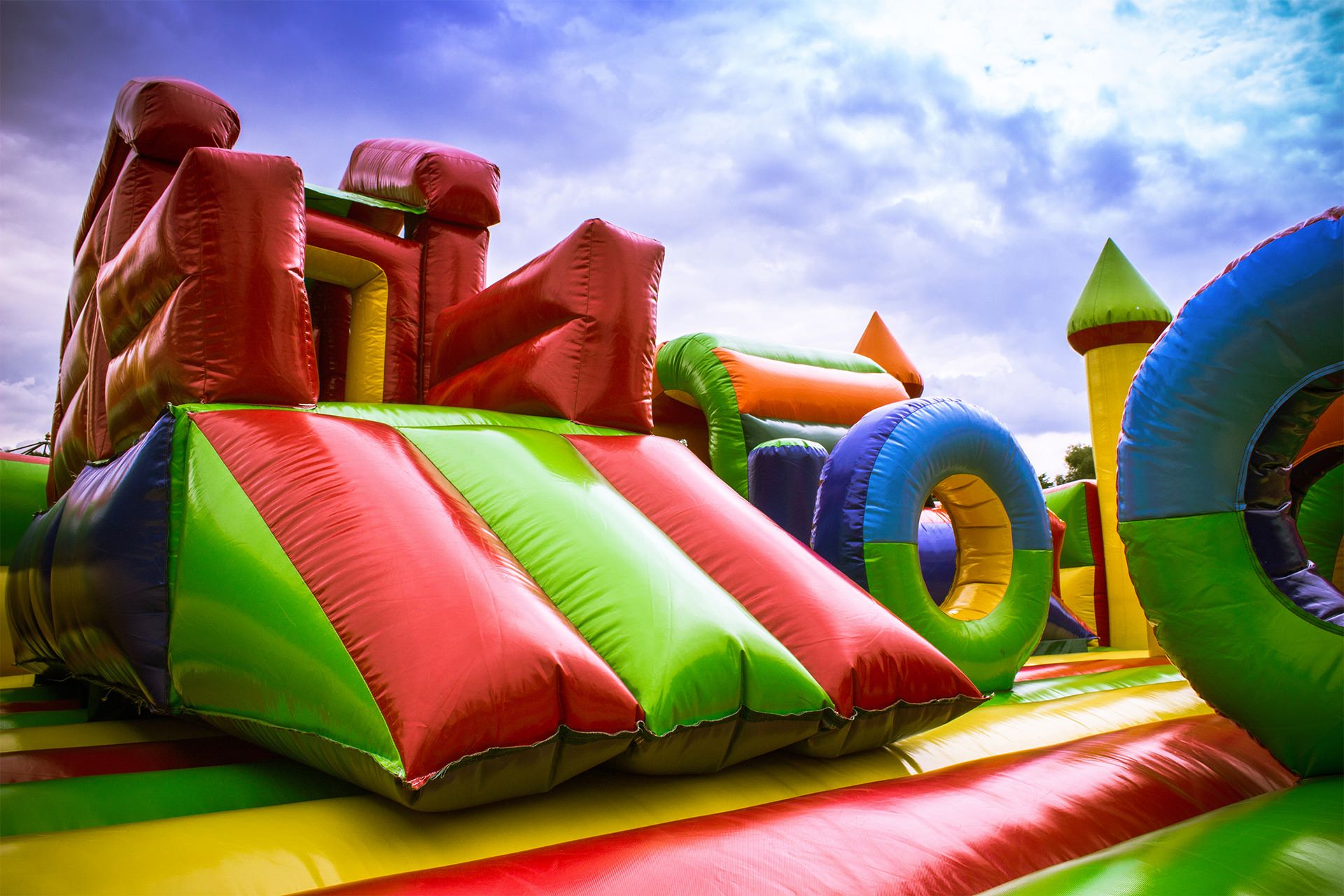
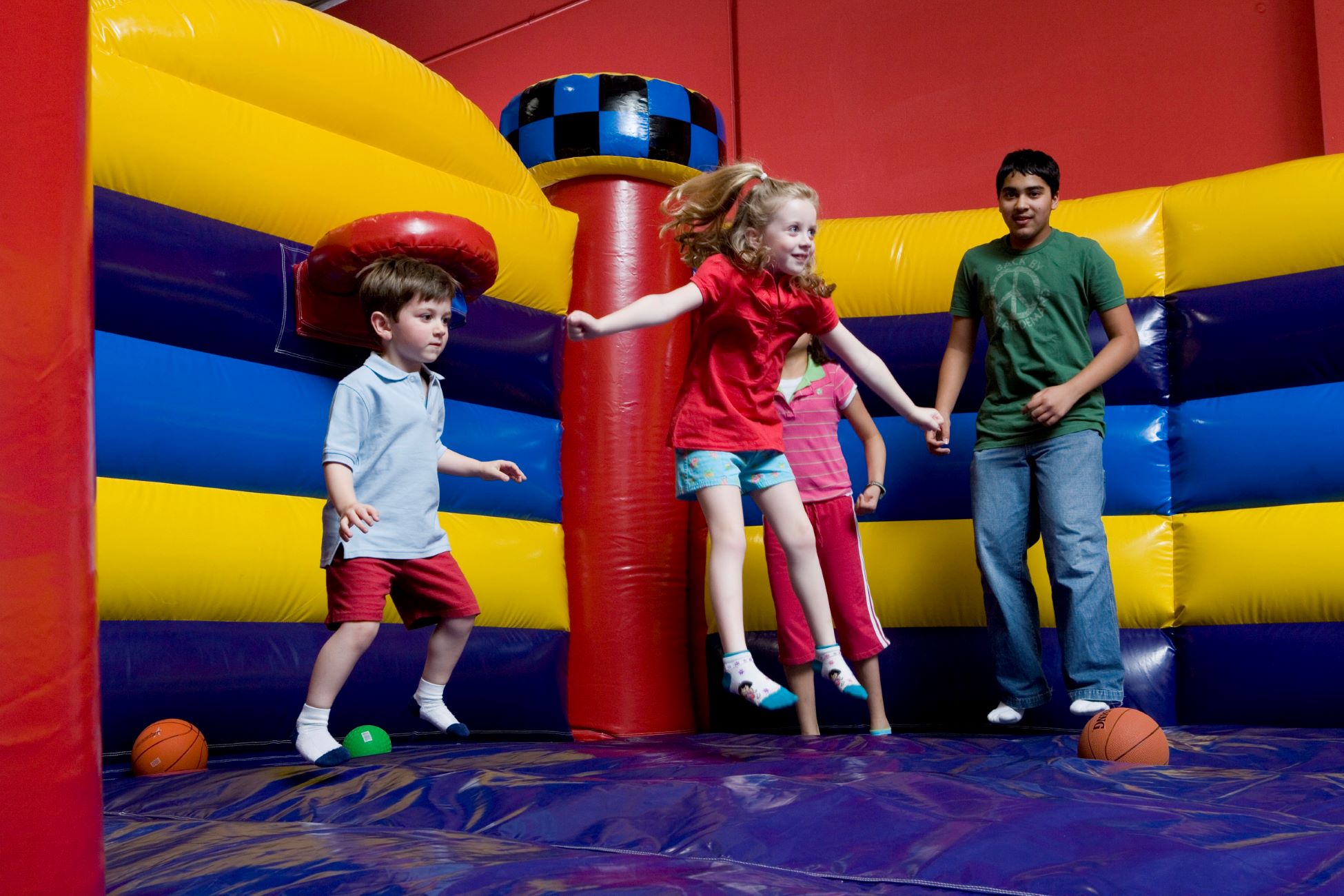
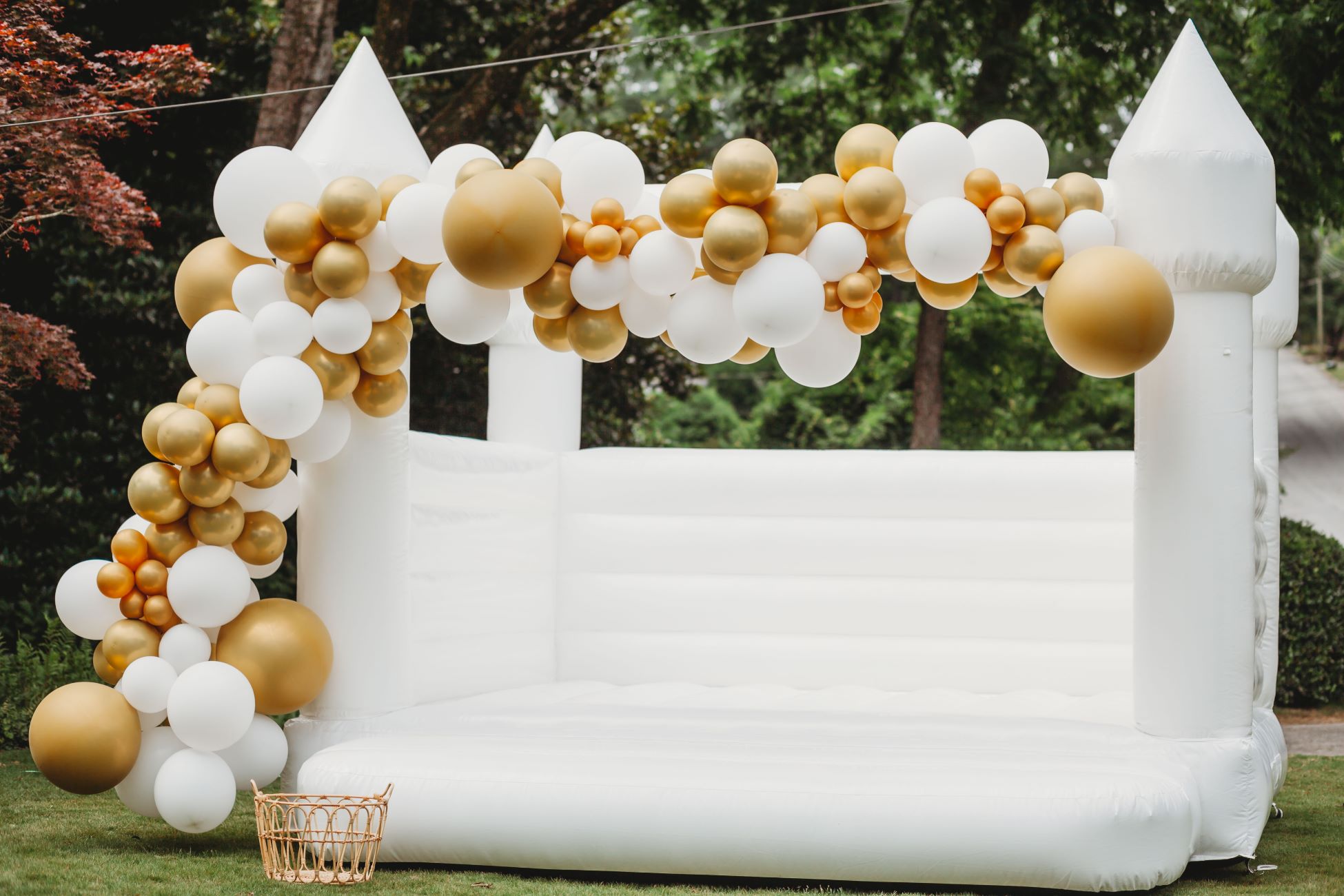

0 thoughts on “What Is A Bounce House Made Of”